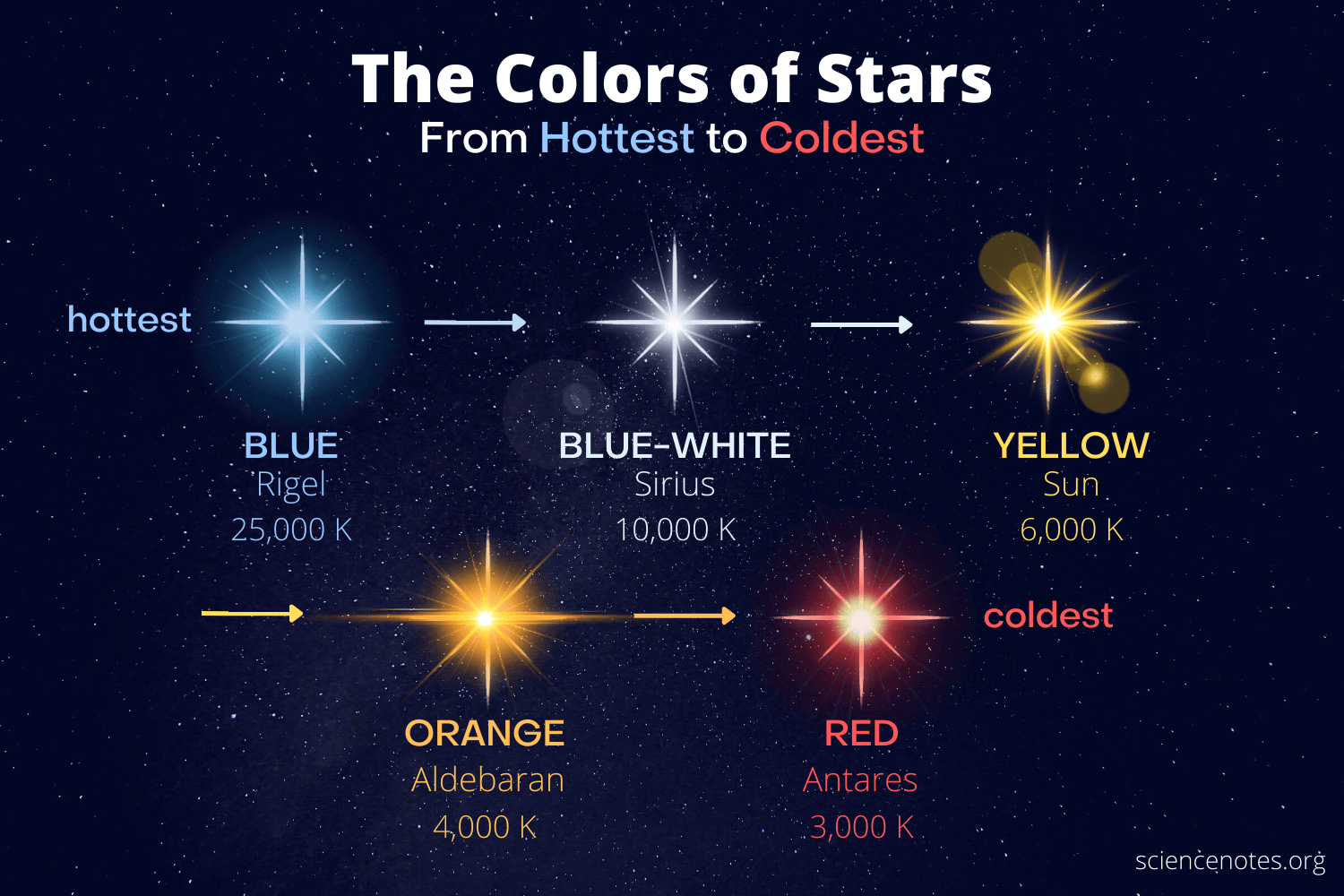Welcome to Learn to Astronomy! In this article, we will explore the fascinating topic of what **color star is the sun**. Join us as we delve into the science behind the sun’s spectrum and uncover the mesmerizing hues of our very own star. Get ready for an enlightening journey through the colors of the cosmos!
What Color is the Sun? Exploring the Stellar Hue of our Solar System’s Star
The Sun appears as a vibrant yellow color to our eyes when we observe it from Earth. However, it is important to note that the true color of the Sun is white, or more accurately, a combination of all colors of visible light. This is due to its extremely high temperature, which causes it to emit light across the entire spectrum.
The perception of the Sun as yellow can be attributed to the Earth’s atmosphere, which scatters shorter wavelengths of light (blue and violet) more efficiently than longer wavelengths (red and yellow). As a result, blue and violet light is scattered in different directions, making the sky appear blue, while red and yellow light pass through with less scattering, giving the Sun its yellowish hue.
Another factor that influences our perception of the Sun’s color is daylight. When the Sun is higher in the sky, its light has to pass through less of Earth’s atmosphere, resulting in less scattering and a purer white color. However, during sunrise or sunset, the Sun appears redder, as its light has to pass through a larger portion of the atmosphere, encountering more scattering and absorption of shorter wavelengths.
In conclusion, while the Sun is truly white, its appearance as yellow to our eyes is influenced by atmospheric scattering and our location on Earth. The complex interaction between sunlight and our atmosphere contributes to the ever-changing colors we observe in the sky.
Why Are Stars Different Colors? | Star Gazers
[arve url=”https://www.youtube.com/embed/LCZPZfc8nHE”/]
Neil deGrasse Tyson Explains the REAL Color of the Sun
[arve url=”https://www.youtube.com/embed/C9MdbxPCSYw”/]
Frequent questions
What is the color classification of the Sun in the Hertzsprung-Russell diagram?
The Sun is classified as a yellow dwarf star in the Hertzsprung-Russell diagram. It falls within the main sequence of stars, specifically in spectral type G2V. The color of a star is related to its temperature, and in the case of the Sun, its surface temperature is about 5,500 degrees Celsius (9,932 degrees Fahrenheit). The yellow color of the Sun is a result of its temperature and the way its light is perceived by our eyes.
How does the Sun’s color compare to other stars in the universe?
The Sun’s color is classified as a yellow dwarf star. In terms of color, it is relatively unremarkable compared to other stars in the universe. Most stars are categorized into different spectral types based on their surface temperature, with the color being an indicator of temperature. The hottest stars, such as blue giants, emit a bluish-white light, while cooler stars, like red dwarfs, emit a reddish hue. The Sun falls in the middle of this spectrum, emitting a yellow color. It is worth noting that our perception of the Sun’s color can be influenced by atmospheric conditions and the position of the Sun in the sky. Overall, while the Sun may not stand out in terms of color compared to other stars, its importance to life on Earth cannot be overstated.
Can the color of a star indicate its age or evolutionary stage?
Yes, the color of a star can indeed indicate its age or evolutionary stage. This is because a star’s color is determined by its surface temperature, and the temperature of a star changes as it progresses through different stages of its life.
At the beginning of a star’s life, during its main sequence stage, it generates energy through nuclear fusion in its core. Younger stars with higher temperatures tend to appear blue or white in color. As a star ages and exhausts its hydrogen fuel, its core contracts and its surface temperature decreases. These older stars tend to have cooler surface temperatures and exhibit colors ranging from yellow to orange or red.
Moreover, the color of a star can also provide information about its evolutionary stage. For example, when a main sequence star like our Sun exhausts its hydrogen fuel, it expands into a red giant phase. During this phase, the star’s outer layers cool down, causing it to appear redder in color. Similarly, when a massive star exhausts its fuel and undergoes a supernova explosion, it can leave behind a dense remnant called a neutron star. Neutron stars often appear very hot and emit X-rays, giving them a bluish-white color.
In summary, while it is not possible to determine a star’s age or evolutionary stage solely based on its color, studying the color of a star can provide valuable clues about its position on the Hertzsprung-Russell diagram and its stage of evolution.
In conclusion, the color of the Sun is primarily yellow-white. It emits light across a broad spectrum, with the majority of its energy being produced in the visible range. Although it may appear white when observed from space, our atmosphere scatters the shorter blue and green wavelengths more, giving the Sun a yellowish hue when viewed from Earth. This unique color makes our star easily distinguishable and has a significant impact on the colors we perceive in our everyday lives. Understanding the color of the Sun not only contributes to our knowledge of stellar physics, but also enhances our appreciation for the beauty and diversity of the astronomical world.

